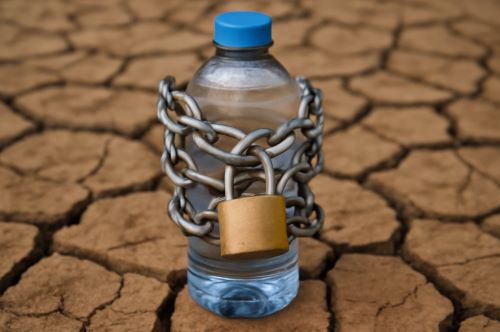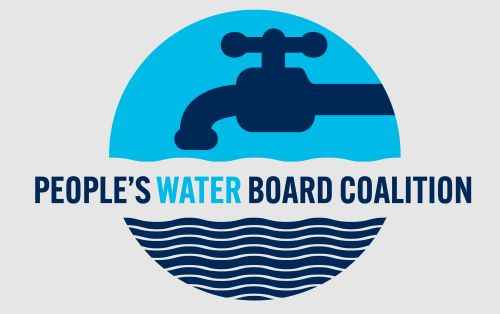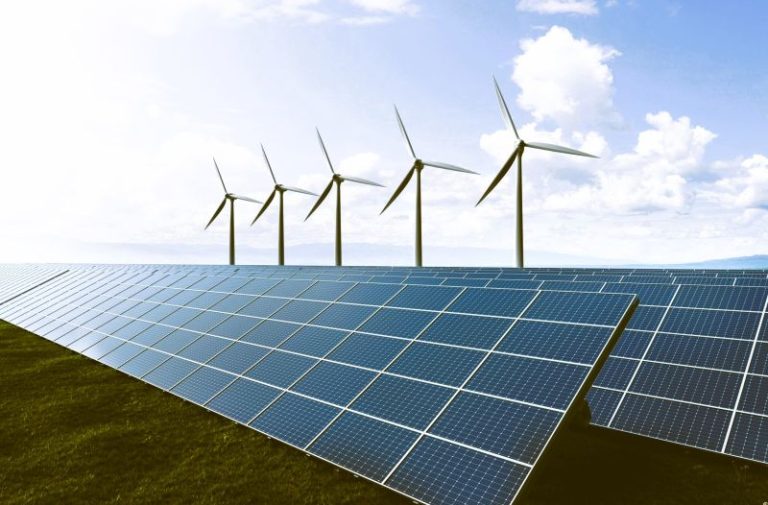

The planet holds enough freshwater to meet the basic needs of every person.

By Matthew A. McIntosh
Public Historian
Brewminate
Introduction: The Global Thirst for Justice
Water is life—yet for billions of people around the world, access to clean, safe drinking water remains an increasingly fragile privilege rather than a guaranteed right. As the world grapples with the dual crises of environmental degradation and economic inequality, one reality has become unmistakably clear: the commodification of water is turning a basic human necessity into a high-stakes, high-profit battleground. Across nations rich and poor, water has become a product—bottled, traded, monopolized, and often denied to the most vulnerable. What happens when this life-sustaining resource is no longer treated as a shared good, but as a lucrative asset? The answer is already unfolding in cities and villages around the world, and its name is liquid inequality.
The Rise of the Water Market
In the late 20th century, neoliberal economic policies began to reshape the delivery of public services. Governments facing budget shortfalls or pressured by global financial institutions increasingly turned to privatization as a supposed cure-all. Water systems—from treatment plants to distribution networks—were among the first to be sold or leased to private corporations. The rationale was efficiency: private companies, it was argued, would manage resources better than bureaucratic public utilities.
But the promise of efficiency quickly gave way to a different reality. In many cases, privatization led to skyrocketing water prices, reduced transparency, neglected infrastructure, and diminished accountability. In countries like Bolivia, Argentina, and South Africa, private water concessions sparked mass protests as the poor were priced out of the most basic service. In the United States, communities from Detroit to Philadelphia have seen a rise in water shutoffs for residents behind on bills—often for as little as $150—while multinational firms continue to draw from public aquifers to bottle and sell water at enormous markups.
Case Study: The Flint Water Crisis
Nowhere is the danger of profit-driven water policy more evident than in Flint, Michigan. In 2014, in an effort to cut costs, government officials switched Flint’s water supply from Lake Huron to the Flint River. The river’s highly corrosive water, left untreated, leached lead from aging pipes and poisoned an entire city. Children were exposed to toxic levels of lead, a generation’s health was compromised, and public trust was shattered.
Although the decision was made by public officials, it reflected a deeper logic: that cost-saving and corporate efficiency should trump public health. Private engineering firms contracted to oversee the switch approved the change, and residents—mostly poor and Black—were left without recourse or accountability. Flint became a symbol not just of infrastructural failure, but of systemic abandonment rooted in the commodification of essential services.
Bottled Water: Profits from Public Sources

While millions struggle to afford running water, the bottled water industry continues to boom. Multinational corporations like Nestlé, Coca-Cola, and PepsiCo extract billions of gallons of groundwater from aquifers, springs, and municipal systems—often paying little more than nominal fees. In some cases, they pay as little as a few hundred dollars for permits to extract millions of gallons annually, which they then sell for thousands of times that amount.
In communities like Evart, Michigan, and San Bernardino, California, residents have watched as nearby springs are drained for corporate gain—even during times of drought—while their own access to clean water remains tenuous. Meanwhile, plastic pollution from bottled water products adds insult to injury, compounding environmental damage in the name of convenience and profit.
Who Bears the Burden?
Unsurprisingly, the burden of water inequality falls hardest on the poor, the marginalized, and the dispossessed. In the Global South, nearly 2 billion people still lack access to safely managed drinking water. Even in wealthy nations, poverty intersects with race, geography, and policy to create a patchwork of exclusion.
In the Navajo Nation, for example, over 30% of households lack access to piped water. In Jackson, Mississippi, a majority-Black city has faced repeated water system failures and boil-water notices, including a major collapse in 2022 that left thousands without drinkable water for weeks. These are not isolated failures—they are manifestations of a broader system in which investment follows profit, not need.
Resistance and Reclamation

Despite the bleakness, movements around the world are challenging the privatization of water and reclaiming it as a public good. In Uruguay, citizens voted to enshrine access to water as a constitutional right, mandating public ownership and equitable distribution. In Paris, after years of rising costs and dissatisfaction, the city took back control of its water system from private operators in 2010. The result: improved transparency, lower prices, and reinvestment into the system.
In the United States, grassroots coalitions like the People’s Water Board and national groups like Food & Water Watch are working to end water shutoffs, push for federal investment in infrastructure, and challenge the bottled water industry’s stranglehold on public resources. These efforts underscore a fundamental truth: water justice is not only necessary—it is possible.
The Path Forward: Water as a Human Right
In 2010, the United Nations General Assembly formally recognized access to clean water and sanitation as a fundamental human right. Yet over a decade later, that right remains unrealized for billions, and undermined by the profit motives of powerful actors.
True progress demands a global shift in how we value water—not as a commodity, but as a shared resource essential to human dignity. This means strengthening public water utilities with adequate funding, enforcing environmental protections, regulating corporate extraction, and ensuring that the poorest communities are never left behind. It also means embracing participatory governance, where communities have a say in how their water is sourced, managed, and priced.
Conclusion: From Scarcity to Solidarity
Water is not scarce in absolute terms. The planet holds enough freshwater to meet the basic needs of every person. What we face is not a water shortage—it is a crisis of distribution, access, and political will. The era of privatization has demonstrated one truth above all: when water becomes a profit center, the most vulnerable always pay the price. We must choose a different future. A future in which water is not bought and sold to the highest bidder, but protected and shared as the inheritance of all humanity. The time has come to drain the power from profit and pour it into justice. Because the fight for water is not just about thirst. It’s about equality, survival, and the kind of world we want to live in.
Originally published by Brewminate, 07.04.2025, under the terms of a Creative Commons Attribution-NonCommercial-NoDerivatives 4.0 International license.


